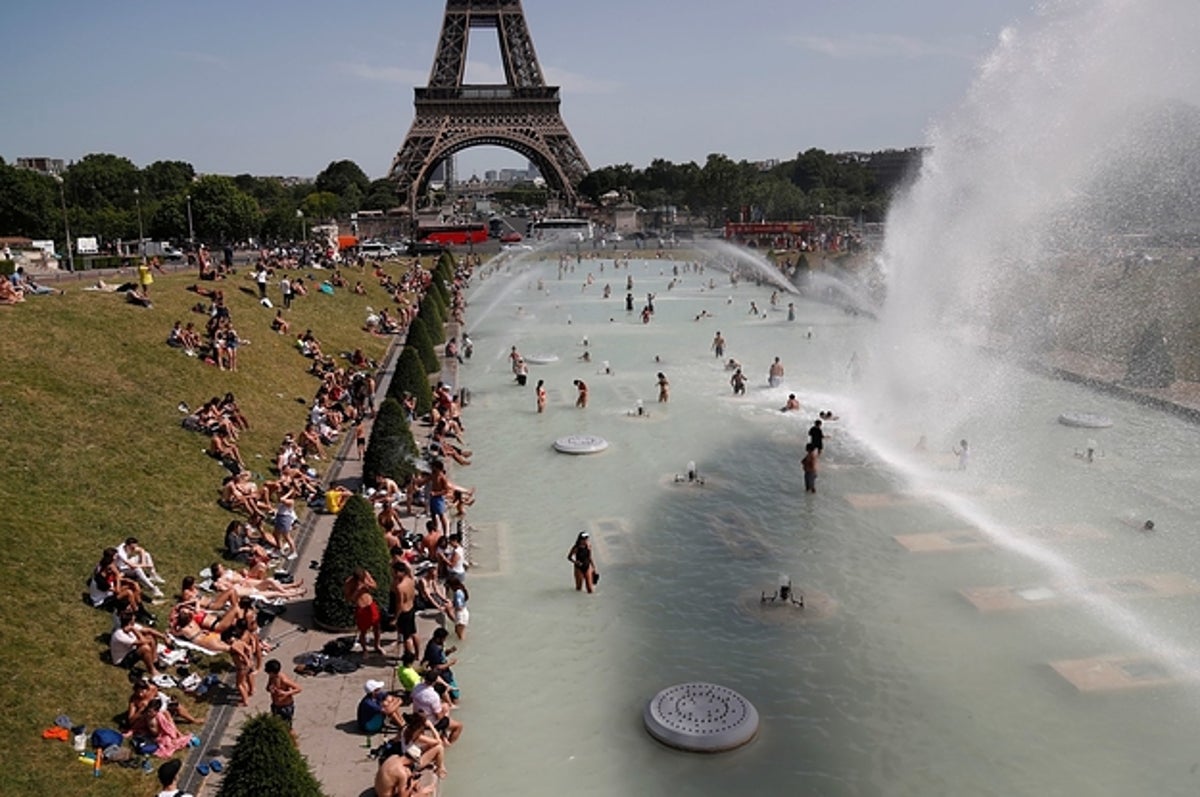Free Courses Sale ends Soon, Get It Now


Free Courses Sale ends Soon, Get It Now



Disclaimer: Copyright infringement not intended.
Context
The intense heat wave experienced in southern Europe, particularly in Italy.
Details
Measures to Assist Older People
Weather Conditions and Impact in Italy
Wildfires in Spain and Greece
Causes for Intense Heat Waves
Climate change
Double jets
Drought
Other factors
|
PRACTICE QUESTION Q) Discuss effective measures that governments and communities can adopt to mitigate the adverse effects of heatwaves. (150 words) |
https://epaper.thehindu.com/ccidist-ws/th/th_delhi/issues/44078/OPS/GQRBGDMA5.1+G0HBGEJLT.1.html
© 2024 iasgyan. All right reserved